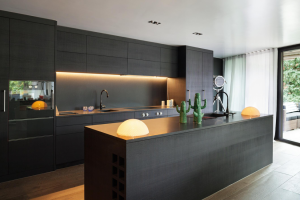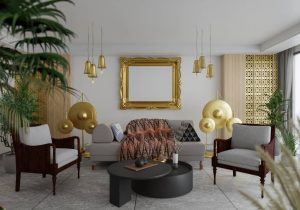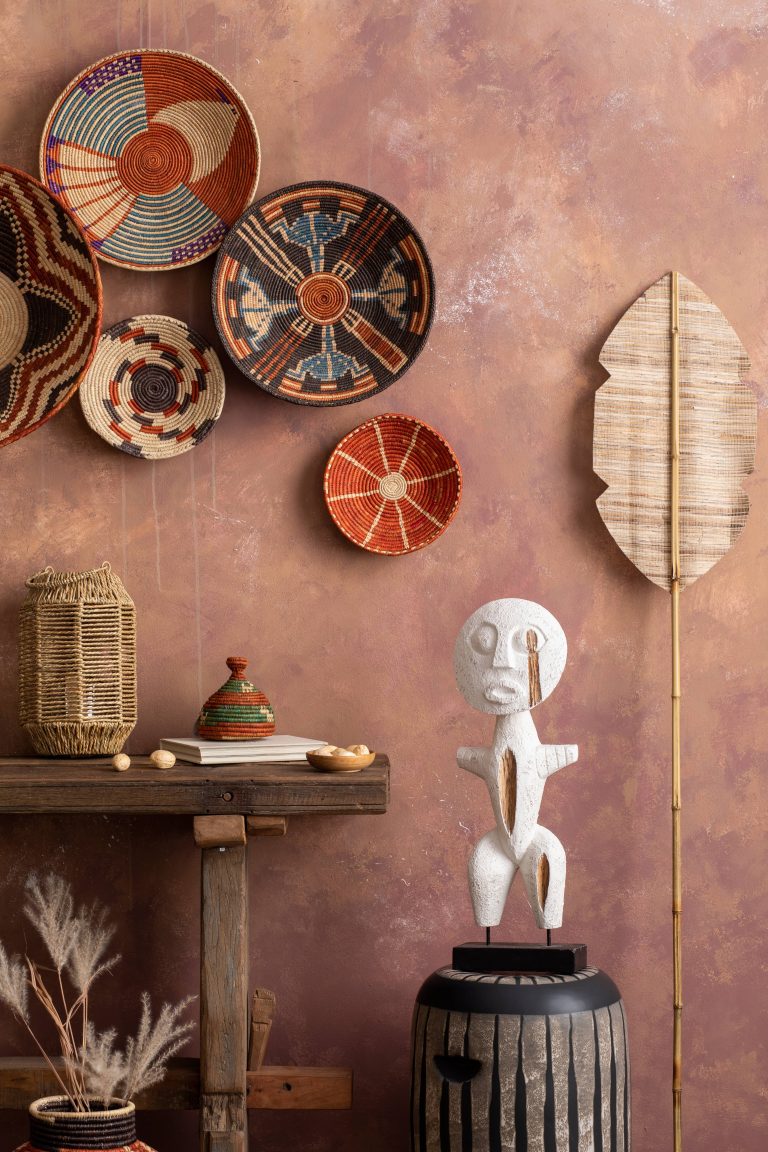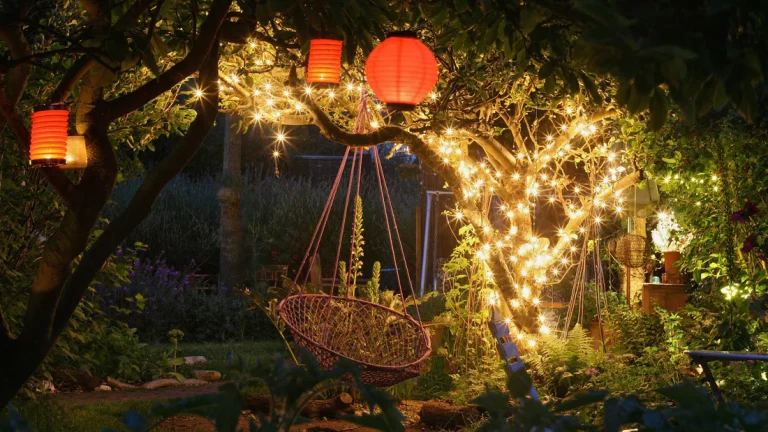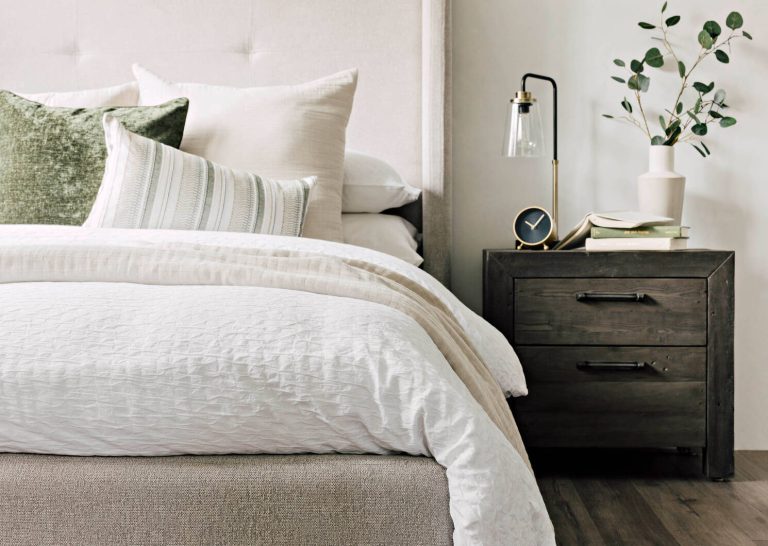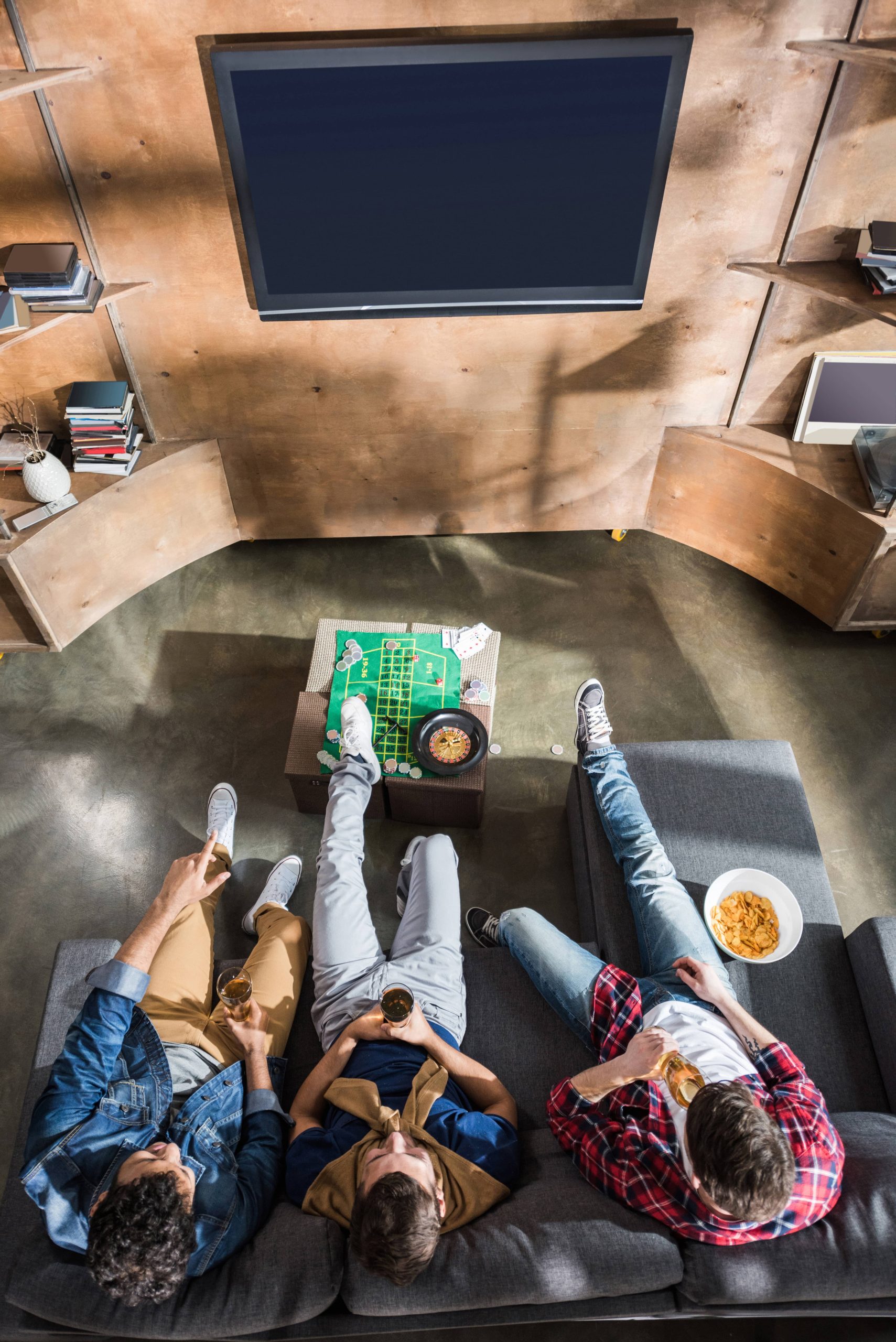
Creating a home library is a rewarding venture, turning a part of your home into a haven for knowledge and reflection. Selecting the right furniture is crucial, as it helps create a space that is both functional and inviting. Whether you have a room solely dedicated to books or a cozy corner to retreat to, choosing the ideal furniture will make all the difference.
Consider the Space
Before you start selecting furniture, evaluate the space available in your home for your library. Measure the dimensions accurately, noting any architectural features like windows, doors, and alcoves, which might affect the placement of furniture. With these measurements, you can start to sketch out a floor plan. Decide if you want a more intimate, closed-in feel or a spacious layout. This will guide furniture choices significantly.
Selecting the Right Shelving
The bookshelf is the heart of any library. When choosing bookshelves, consider both aesthetics and practicality. Open shelving units create an airy feel, allowing you to showcase your books and decorative items. They also offer easy access, which is essential if you frequently sift through your collection.
For those who prefer a more traditional look, closed bookcases with glass doors can add a touch of elegance while protecting books from dust. Choose adjustable shelving to accommodate books of all shapes and sizes. Additionally, think about the material: wood brings warmth and a timeless appeal, while metal can provide a modern or industrial vibe.
Choosing Comfortable Seating
Comfort is key in a library space. Your seating options should encourage long hours of reading or study. Consider armchairs with plush cushioning and high backs to provide support. If you have more space, a loveseat or a small sofa can be ideal for shared reading sessions or simply lounging.
Don’t overlook the importance of ergonomics, especially if you’ll be spending considerable time in this space. Test out chairs before buying them to ensure they’re comfortable and supportive. Additionally, think about adding an ottoman or a footstool for extra relaxation. For a touch of luxury, consider adding a chaise lounge if space permits.
Adding a Reading Table
A reading table or desk is an essential piece of furniture for any library, especially if you plan to study or write. Choose a desk that complements your style and fits within the space without overpowering it. Look for pieces with ample surface area and, if needed, built-in storage to keep supplies and papers neatly organized.
Consider the material and style that will blend with your overall décor. A rustic wooden desk can add character, while a sleek, glass-top table provides a modern touch. Position the table near an outlet if you plan to use electronic devices.
Lighting Essentials
Good lighting is crucial in a library, contributing to the ambiance and ensuring you can read comfortably. Natural lighting is ideal, so place seating or a desk near a window. However, additional lighting is necessary, especially for evening or nighttime reading.
Invest in a combination of overhead lighting and task lighting. An adjustable desk lamp is perfect for direct lighting, while floor lamps or wall sconces can provide ambient light. Choose bulbs with a warm color temperature to create a cozy, inviting atmosphere. If you want to add a luxurious touch, consider installing a chandelier for both functional and aesthetic purposes.
Incorporating Storage Solutions
Apart from bookshelves, consider other storage solutions to maintain an organized library. Sideboards or cabinets can store magazines, records, or other media. If you have limited space, opt for multi-functional furniture like storage ottomans or benches.
Remember to leave some open space for occasional rotation of your collection or displays. This flexibility can help keep the library feeling fresh and dynamic.
Personalizing the Space
Your home library should reflect your personality. Incorporate decorative elements, such as artwork, area rugs, or personal memorabilia, to make the space uniquely yours. Consider using a central theme, such as a specific color palette or design style, to tie all elements together.
Don’t underestimate the power of plants. Plants can breathe life into the space, improve air quality, and add a calming touch.
Keeping the Future in Mind
Finally, think about how your library might evolve over time. Will your book collection grow? Might you want to incorporate new technologies or alternate uses for the space? Choose furniture that’s adaptable to these potential changes. Modular shelving systems, for example, can be reconfigured as needed.
By carefully considering each element of your home library, you can create a functional yet personalized space that invites you to explore your books and enjoy your time spent there. The right furniture will not only accommodate your current needs but also adapt as those needs grow and change, ensuring your library remains a beloved retreat for years to come.


